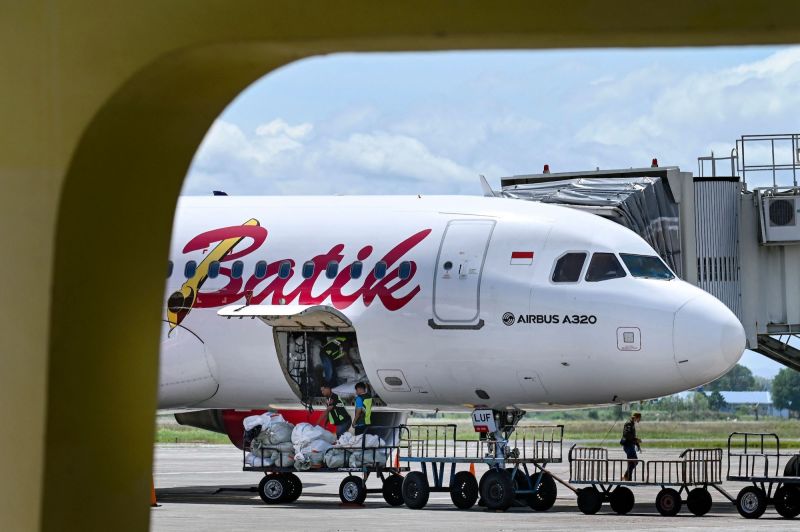The aviation industry was recently rocked by an astonishing incident involving an aircraft in Indonesia that veered off its flight path reportedly due to the pilots falling asleep. Officials from the Indonesian aviation authority privy to the ongoing investigation shared that the plane, which was flying on a domestic route, drifted off course for several minutes into unknown territory before corrections were made.
Under normal circumstances, the flight deck of an airplane is a high-decibel, bustling zone, with experts hardly getting a wink of sleep during the flight duration. While machines, computers, and gadgets tirelessly run equations, calculations, and simulations, the pilots are committed to ensuring the vehicle’s seamless operation. However, the recent incident presents an extraordinary exception to this. Officials have stated that both pilots simultaneously fell asleep, causing an alarming deviation from the plane’s intended course.
For a relatively considerable amount of time, the plane was on autopilot, venturing into an undisclosed direction as the pilots snoozed unknowingly. Fortunately, no fatalities or injuries have occurred due to the incident. It’s important to note that such unintended foray into the unknown could potentially escalate into disastrous scenarios, collision with other aircraft or geographical features, as well as violation of international airspaces.
A series of unfortunate fates miraculously dodged, questions are now being raised regarding the lax safety standards and procedures that allowed such an incident to occur. Concerns over pilot fatigue, unsatisfactory work schedules, and subpar safety management systems have become paramount. In the critical tradeoff between economic efficiency and safety sustainability, the latter must not be compromised.
Also alarming is the possibility of underlying medical conditions such as sleep disorders among aviators, which may have been undetected or unreported due to stigma or fear of losing their jobs. This incident highlights the importance of stringent medical examinations and fitness tests for pilots, in addition to scheduled breaks and rest periods.
The incident sheds light on the latent jeopardy in aviation protocols and guidelines. Stakeholders and industry leaders in the aviation sector must act swiftly to investigate the incident further and implement necessary measures. Aviation authorities globally could take this as a lesson to revisit, reevaluate, and upgrade their safety and health policies, making them more stringent and comprehensive.
Despite the aviation industry’s remarkable safety record, this incident offers a sobering reminder that complacency has no place in aviation safety. It underscores the importance of persistent vigilance, strict adherence to procedures, adequate sleep, and effective management of work stress among pilots.
Ultimately, flying is a human endeavor and pilots, as humans, are not immune to fatigue and errors. While the incident ended without any fatalities, it serves as a wake-up call to the aviation industry. It highlights the importance of holistic pilot wellbeing, sound safety procedures, and the necessity for continued enhancement of flight safeguards to prevent such incidents in the future.




